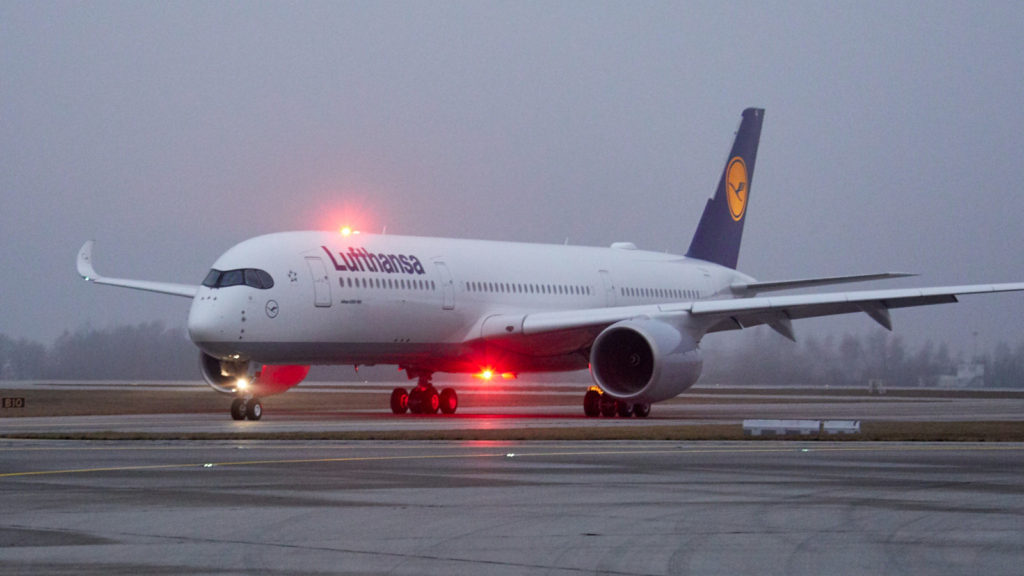Norwegian Air to Lease Planes, Turn Profitable in 2019
OSLO (Reuters) - Norwegian Air will lease planes and postpone the sale of older models in its fleet following the grounding of Boeing 737 MAX aircraft, the airline said on Monday. The budget carrier will…
